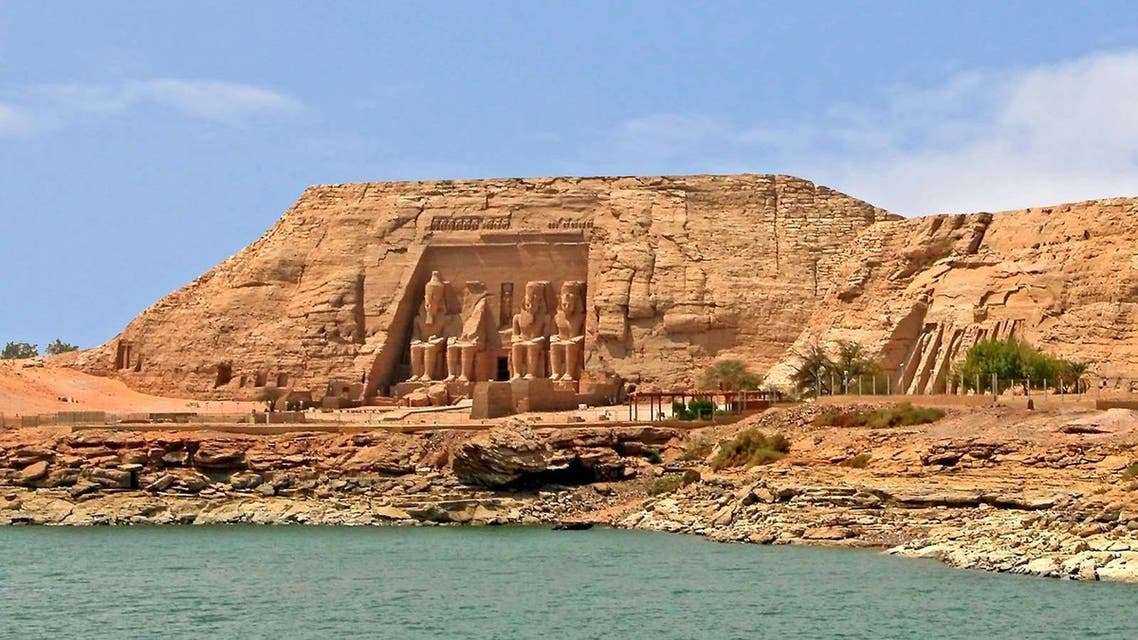Nubia region, in the utmost southern tip of Egypt, includes a large number of Egyptian temples that were built during the eras of the New Kingdom of Ancient Egypt and the Greek and Roman eras.
King Ramses II alone built 7 temples in the region, including 6 in the west of the Nile River and a temple in the east of the river.
The International Campaign to Save the Antiquities of Nubia is the largest campaign to save cultural heritage, through the solidarity of the international community with Egypt and UNESCO to preserve cultural heritage sites for the sake of humanity.
As these the archeological sites came under threat from the high level of the Nile River, after the construction of the Aswan High Dam.
Save Nubian Temples Campaign:
The campaign began in March 1960. It was completed on March 10, 1980, by a multinational team that included archaeologists, engineers, and skilled heavy equipment operators.
The International Campaign to Save the Monuments of Nubia began its work from the year 1960 and ended in March 1980 AD, and it saved all the Egyptian temples in the Nubia region, and 4 temple complexes were established, the first of which is the Kalabsha Island area, which includes the Kalabsha Temple, the Jurf Hussein Temple, the Bait Al-Wali Temple, the Qortasi Palace.
And the second group of temples was located 150 kilometers south of the city of Aswan, and on the banks of Lake Nasser, a new area was built and included the temples of Wadi El-Seboua, Dakka and the Muharraqa.
The third set of temples was located 190 km south of Aswan in the name of “Amda al-Jadidah” and included the temples of Amda , al-Dakka and the cemetery of Bnut. The fourth group is the Abu Simbel temples.
Contributed by Ahmed Moamar








